This small south Caribbean island has earned a big reputation for art that’s as sustainable as it is meaningful. Kaila Yu offers her insights.
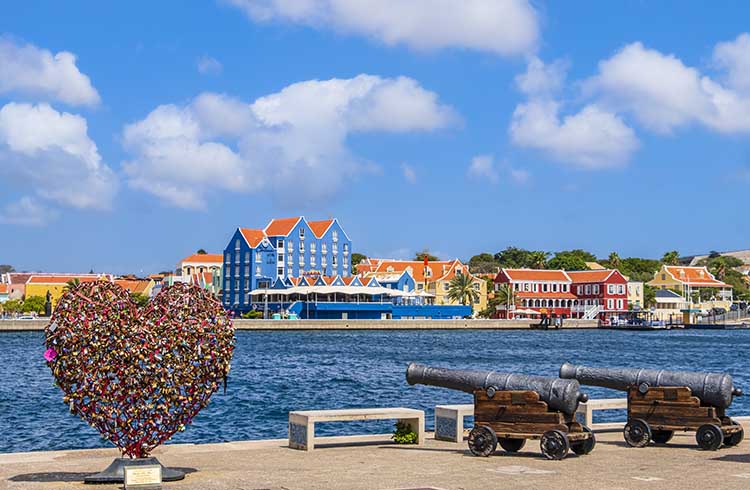 Photo © Getty Images / argalis
Photo © Getty Images / argalis
Although I’ve been a musician for most of my life, I’ve always felt less than gifted in the arts. Put anything other than a mic in my hands, especially a paint brush, and I become a klutz, making art in general something I both admire and fear.
But on a trip to the island of Curaçao, in the southern Caribbean about 40mi (65km) north of Venezuela , I discover something among its rich, world-renowned community of artists, many of whom infuse their work with principles of sustainability – the healing spirit evident in the name of the island, derived from the Portuguese word for heart (coração).
On a day-long tour of the works of three leading artists, I find inspiration everywhere.
- Garrick Marchena
- Serena Janet Israel
- Andy Kirchner
- Trip Notes
- Listen to the World Nomads Podcast: Caribbean
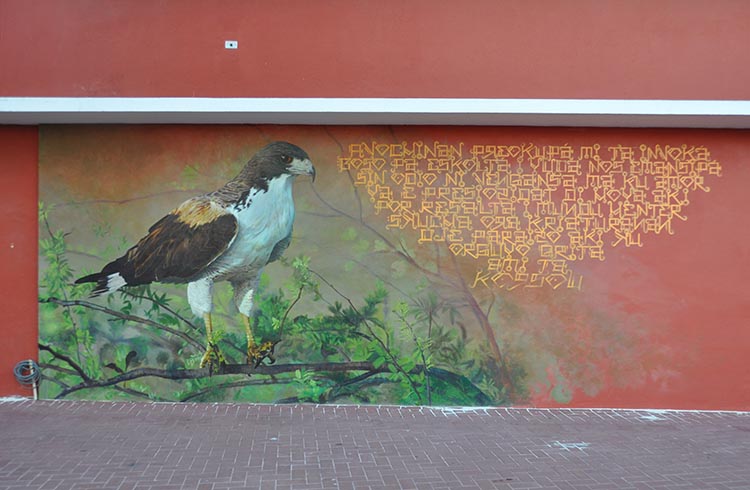
Garrick Marchena
I’m in Curaçao’s capital, Willemstad, a city that embraces upcycling by converting countless, deteriorating colonial buildings into dazzling new hotels and businesses. Leading our Tuk-tuk brigade down the narrow back alleys of the pastel-colored Pietermaai district is street artist Garrick Marchena. The 53-year-old native paints strategically placed murals throughout the city to raise awareness of the environmental and cultural issues the island is facing, such as the ongoing recovery from colonialism.
He stops in front of one of his most renowned works, called Ami Ta Kòrsou (I Am Curaçao), which features a Partawal, a local white-tailed hawk that serves as a symbol of guardianship. Next to it, a poem proclaims the emancipation and healing of the city in artistic lettering inspired by indigenous cave paintings and California Cholo lettering – a gothic-style graffiti used by Mexican gangs.
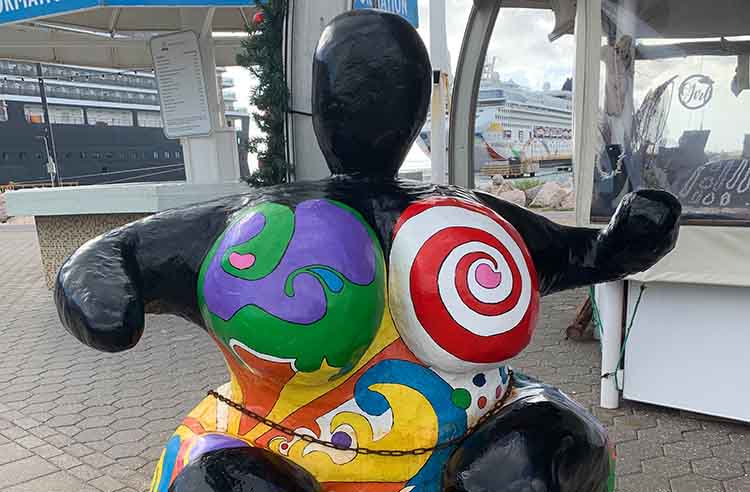
Serena Janet Israel
With my art appetite whetted, the brigade heads to Serena’s Art Factory. Many visitors to Curaçao will recognize the Chichi® doll souvenir, a curvaceous, black plaster sculpture of a woman created by the sprightly, energetic Serena Janet Israel – a 48-year-old German transplant who has lived in Curaçao for more than 20 years. Each Chichi® doll is hand-molded by Israel and hand-painted by a local artist to create a one-of-a-kind original, rather than a mass-produced trinket. Sustainably extends to the mold itself, which can be reused hundreds of times. “Our Chichi® stand for decency and respect,” Israel declares.
I’m invited to paint my own design on a Chichi® doll, but am doubtful of my abilities. However, once I cradle the Chichi® doll in my hand, I give my full concentration to the project. I don’t seem to exhale until the last, painstakingly detailed red brush stroke, and realize that I’ve been in a meditative state during the entire two-hour session, leaving me energized and focused, yet completely at peace. Who knew painting could be so healing?
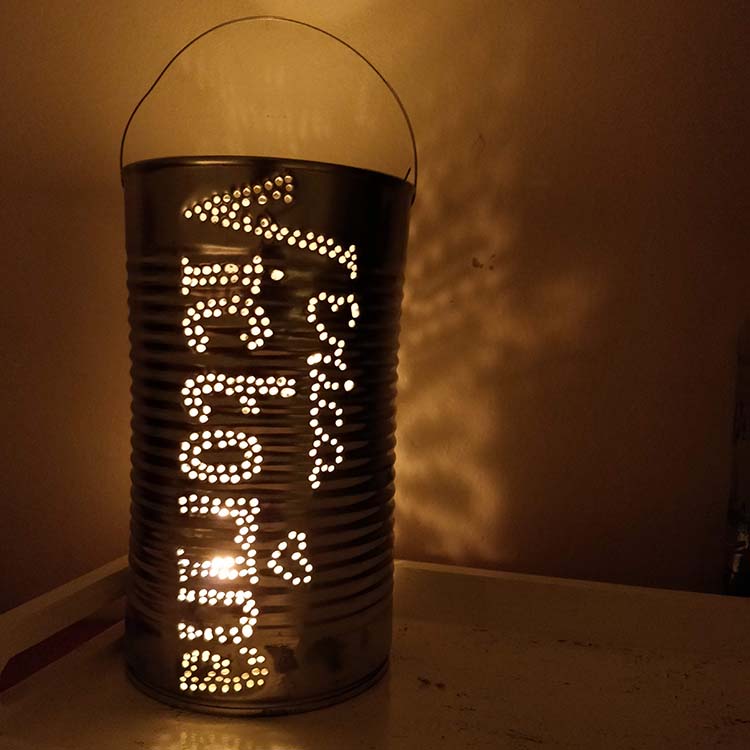
Andy Kirchner
We end our day at 2nd Life Curaçao, an art studio and collective located at the home of “The Recycled Pirate” aka Andy Kirchner. Upcycling is the lifeblood of Kirchner’s work, and he’s most known for his “love lights” – lanterns made from cans that weren’t being recycled, as recycling bins were only placed around the island starting in 2016 by the TUI Care Foundation.
Kirchner, a ruggedly handsome man with a salt and pepper beard, walks with a slight limp and a cane because of a tragic scuba diving accident seven years ago that cost his girlfriend her life. Out of the pain came the inspiration for him to create 2nd Life Curaçao, which is not only focused on sustainability but also dedicated to giving a second life to the injured and disabled. We each take home a hand-hammered lantern of a heart, which now sits on my counter, reminding me to love and appreciate Mother Earth, and myself.
No trip to Curaçao is complete without a swim in the warm Caribbean waters. As I float lazily on my back, after a day fueled by art and human connection, I feel resolved to bring my new principles home with me, along with my cherished Chichi doll, to remind me of the artist within me. During my short time on this island, I was cured of my own limiting beliefs in my artistic skills.
Trip Notes
Getting there
American Airlines, jetBlue, Air Canada, and KLM offer direct flights to Curaçao from Miami, Caracas, Amsterdam, and Newark. From Curaçao International Airport, it’s a quick 15 to 20-minute taxi ride over to the Pietermaai District (around US $35).
Costs
Curaçao is fairly affordable, compared to its better-known sister island Aruba.
For meals, local plates start at US $6, but travelers can spend as much as US $20-$60 for a meal at the upscale resorts and restaurants. Keep an eye out for local, seasonal food such as Dutch pancakes or Balchi di piska (fried fish cakes).
There are several options for getting around Curaçao. Bus rides often costs no more than US $1 a trip. Taxis are convenient, starting at about US $8 a fare. Rental cars are steeper, ranging US $30-$80 a day.
Listen to the World Nomads Podcast: Caribbean
Learn about safety in Jamaica, bomba dancing in Puerto Rico, the hidden Dominican Republic, and more.
Related articles
Simple and flexible travel insurance
You can buy at home or while traveling, and claim online from anywhere in the world. With 150+ adventure activities covered and 24/7 emergency assistance.
Get a quote
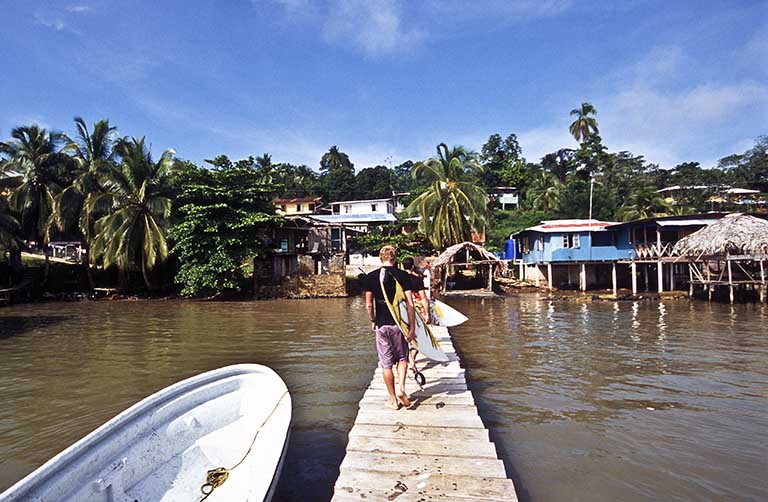
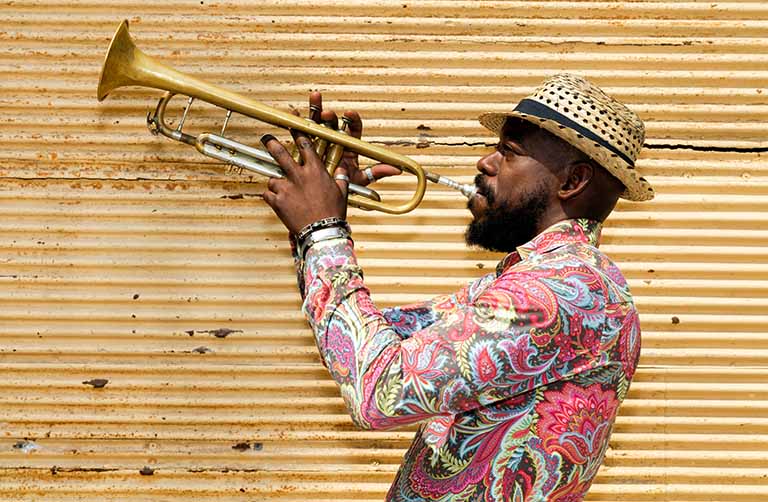
No Comments